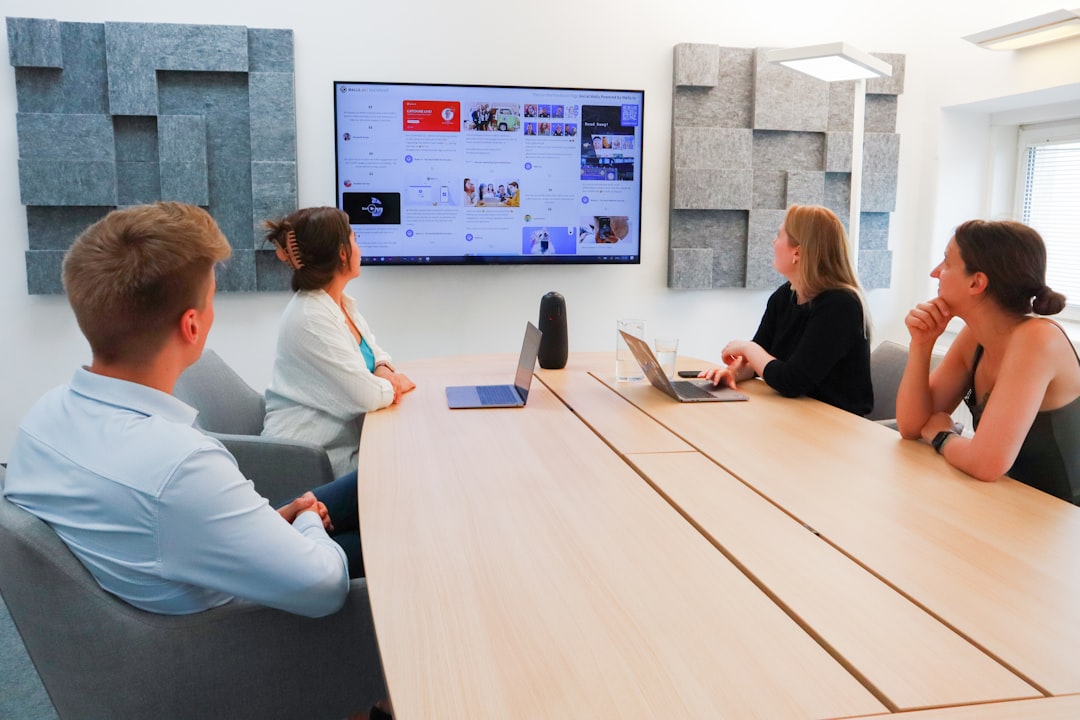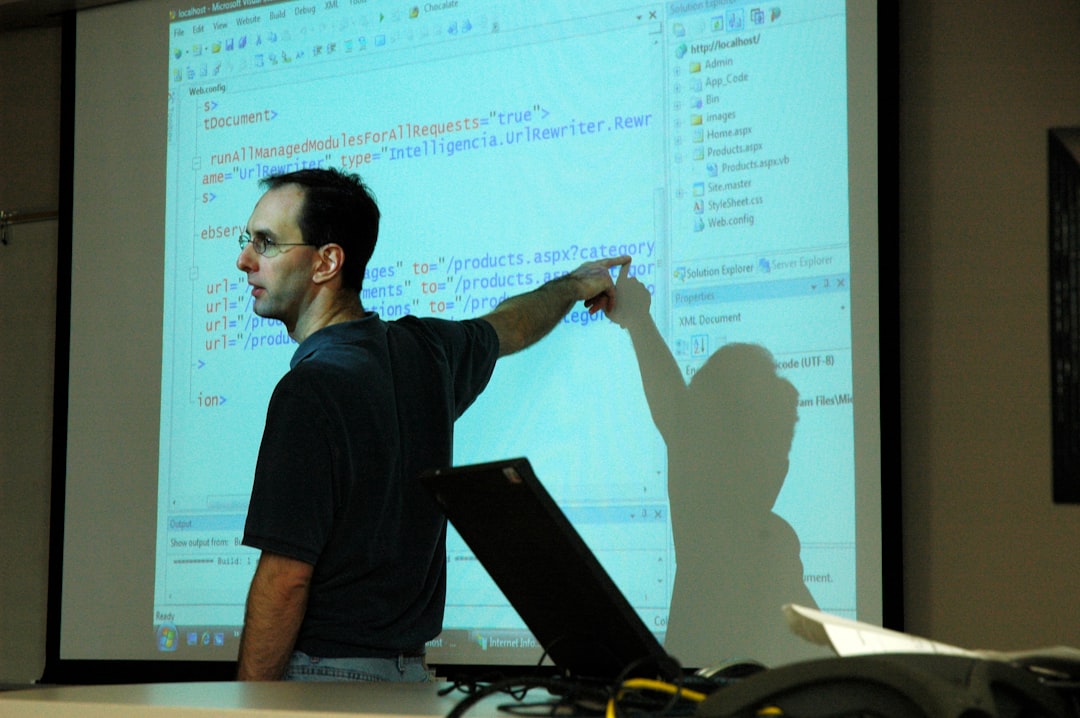As the American workplace continues to evolve during the fourth industrial revolution, the tools and practices that drive organizational efficiency are also being re-imagined. One powerful strategy that is gaining renewed focus in 2025 is the employee evaluation process. No longer confined to the annual, often dreaded, performance review, evaluations are being reshaped into dynamic, data-driven tools for business growth, team engagement, and personal development.
With the advent of real-time analytics, artificial intelligence, and remote work strategies, American companies now have opportunities to refine how they assess, coach, and invest in their workforce. Employee evaluations are no longer just about assessing past performance—they’re about unlocking future potential.
Why Employee Evaluations Matter More Than Ever
The role of employee evaluations has expanded far beyond basic performance record-keeping. In today’s complex workplace environment, evaluations support multiple functions that affect both employee satisfaction and organizational performance. Forward-thinking companies often strengthen this connection by using an Organizational performance system to ensure evaluations directly align with business strategy, measurable KPIs, and long-term growth. Here’s why evaluations are critical in 2025:
- Real-Time Feedback Drives Agility: Modern evaluation systems offer continuous feedback loops, allowing teams to iterate and improve rapidly. This agility is essential in fast-changing industries such as tech and finance.
- Workforce Upskilling: With AI reshaping job roles, evaluations can help identify skill gaps and guide employee training initiatives, ensuring staff stay ahead of automation trends.
- Enhanced Retention: A well-structured evaluation system helps employees understand their career path, receive recognition, and feel valued—key factors in reducing turnover.
- Data-Driven Decisions: Evaluations provide leadership with metrics on productivity, communication, and process efficiency. These insights can guide strategic planning and departmental investments.
The Evolution of Evaluations: From Annual Reviews to Continuous Conversations
In the past, American corporations typically relied on rigid, once-a-year performance reviews. These reviews often felt forced, subjective, and out of sync with modern workflow. But in 2025, workplace leaders are embracing smarter evaluation frameworks based on continuous performance management (CPM).
Continuous performance management emphasizes regular check-ins, behavioral analytics, and real-time goal updates. Managers aren’t simply scoring performance; they are coaching and mentoring for growth. This modern evaluation process fosters a more transparent and collaborative environment.

Employment websites and HR tech platforms now integrate real-time evaluation features such as:
- Monthly or quarterly performance check-ins
- 360-degree feedback from peers, subordinates, and supervisors
- Automated reports on milestone completion and KPIs
- Self-assessments tied to individualized development plans
Driving Productivity Through Smart Evaluation Practices
Effective evaluations offer more than feedback—they create a roadmap for productivity. In companies where evaluations are done well, you’ll often see a shift in organizational velocity. Teams collaborate better. Decision-making becomes clearer. Individuals stay focused on high-priority tasks.
Here’s how smart evaluations drive tangible increases in productivity:
- Clarified Goals: When employees receive clear, measurable goals through evaluation systems, they perform with more precision and urgency.
- Early Course Correction: Frequent feedback sessions let managers identify inefficiencies or conflicts before they escalate, keeping teams aligned.
- Motivation Through Recognition: Recognizing performance—both publicly and privately—boosts morale and encourages others to meet or exceed standards.
- Linking Outputs to Incentives: Evaluation metrics can tie directly to bonus structures, promotions, or additional responsibilities that incentivize higher performance.
What’s emerging in 2025 is the idea that evaluations don’t just measure productivity—they help generate it. With AI-assisted analytics, companies now identify not only who is underperforming but also why and how to address it efficiently.
Customizing Evaluations for a Diverse Workforce
The American workforce is more diverse than ever—culturally, generationally, and experientially. This diversity brings innovation, but it also requires that evaluation models be adaptable and inclusive. A one-size-fits-all evaluation system won’t cut it in 2025.
To drive equitable outcomes, HR departments are tailoring evaluation processes to consider:
- Cultural Competency and Bias Reduction: Tools that eliminate unconscious bias from evaluations ensure fairness across employees of all backgrounds.
- Role-Specific Metrics: Different roles demand different KPIs. Custom evaluations cater to whether an employee is in sales, design, R&D, or leadership.
- Flexibility for Remote and Hybrid Workers: Including digital feedback loops and collaborative goal setting designed for distributed teams.
Inclusive evaluation processes ensure that performance data truly reflects employee contributions rather than personal style, preferred communication methods, or geography.
Technology’s Pivotal Role in Evaluations
Technology has become an indispensable ally in transforming the evaluation landscape. In 2025, companies leverage AI, machine learning, and predictive analytics to make their evaluations more accurate, personalized, and predictive.

Here are some ways technology is supercharging evaluations:
- AI-Powered Insights: Software can analyze team dynamics, meeting behavior, and communication patterns to offer suggestions for better collaboration or leadership development.
- Voice and Sentiment Analysis: Evaluating tone and sentiment during employee feedback or meetings can reveal emotional well-being and engagement levels.
- Goal Tracking Dashboards: Provide real-time visuals of progress toward targets, ensuring employees and managers stay aligned.
- Automated Nudges: Systems send reminders to both employees and supervisors to schedule check-ins, recognize milestones, or revisit outdated goals.
For instance, tools like Lattice, Betterworks, and CultureAmp are revolutionizing how HR departments in the U.S. track and manage performance with minimal manual input but maximum human impact.
From Evaluation to Empowerment
The most successful companies of 2025 will treat evaluations as more than just scorecards—they’ll treat them as engines for empowerment. Instead of pointing out what employees did wrong, great evaluations focus on what they can become.
Empowered employees are more engaged, innovative, and committed to organizational success. To foster this, companies are embracing three key pillars in their evaluation culture:
- Growth Mindset: Focus evaluations on learning and progress, not perfection. Feedback should open doors for professional development opportunities and skill-building.
- Personalization: Tailor evaluations to an individual employee’s career aspirations, preferred work styles, and evolving role within the organization.
- Autonomy: When employees co-create their goals and evaluation metrics, they feel more ownership and motivation to succeed.
When evaluations are framed as tools for development rather than judgment, they can transform workplace dynamics and significantly boost employee satisfaction.
Looking Ahead
In 2025 and beyond, American workplaces will continue to evolve—but one element will remain essential: the need to understand, support, and grow the talent within. Employee evaluations are no longer irrelevant HR rituals—they are critical instruments of strategic advantage.
By embracing continuous, data-informed, and human-centric evaluation models, organizations can foster a resilient, high-performing workforce ready to take on the challenges and opportunities of an increasingly automated and digital economy.
Whether you’re an HR professional, a business leader, or an employee looking to thrive, it’s time to look at evaluations not as the end of a process, but the beginning of potential.



